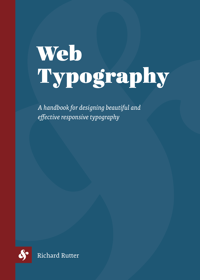3.2.2 For abbreviations and acronyms in the midst of normal text, use spaced small caps
“This is a good rule for just about everything except two-letter geographical acronyms and acronyms that stand for personal names. Thus: 3:00 AM, 3:00 PM, the ninth century CE, 450 BC to AD 450, the OAS and NATO; World War II or WWII; but JFK and Fr J.A.S. O'Brien, OMI; HMS Hypothesis and USS Ticonderoga; Washington, DC, and Mexico, DF.
[…]
Genuine small caps are not simply shrunken versions of the full caps. They differ from large caps in stroke weight, letterfit, and internal proportions as well as in height. Any good set of small caps is designed as such from the ground up. Thickening, shrinking and squashing the full caps with digital modification routines will only produce a parody.”
OpenType supports the necessary features for this. These are well-supported by font-variant-caps and font-variant-numeric CSS properties from Fonts Module Level 3. These properties have wide support in browsers. The trickier part of applying them is to make sure you are enabling these features on fonts that support these features rather than asking the browser to create the shrunken ‘parody’ versions Bringhust mentions. For example even fonts that support small caps and oldstyle numbers are served without them by Google Fonts.
abbr {
font-variant-caps: all-small-caps;
font-variant-numeric: oldstyle-nums;
font-style: normal;
}For font-variant-caps the difference between small-caps and all-small-caps is that the former only affects lowercase letters. The latter will convert all text to small caps. font-style: normal is because vanishingly small numbers of fonts provide italicized small caps.
“They can be faked with digital machinery, by sloping the roman small caps, but it is better to choose a face … which includes them, or to live without.”

